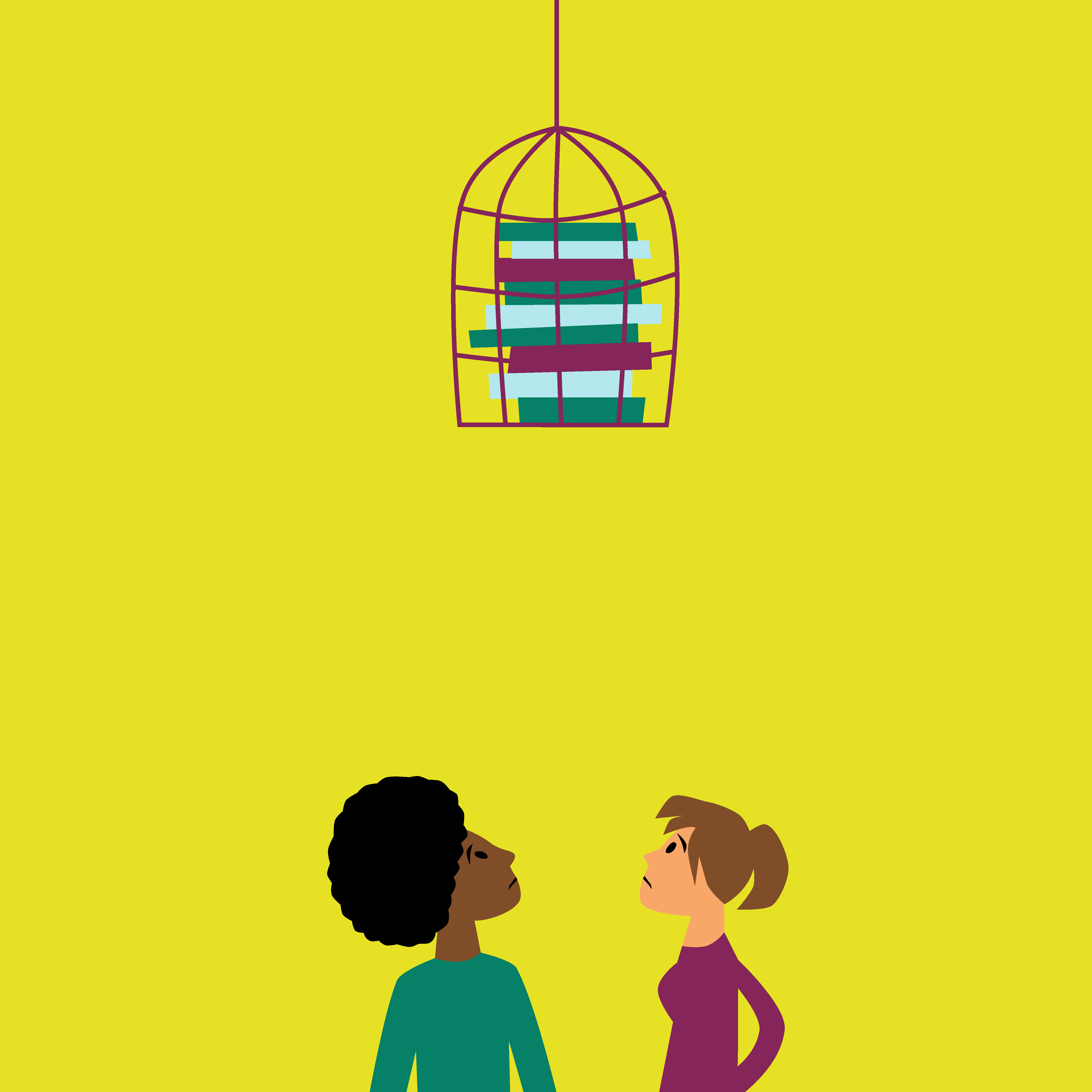There’s significant research on the role of open education in higher education, as well as well-known uses of open educational resources (OER) in primary and secondary education. Whole journals and conferences are dedicated to the subject, and at colleges and universities, libraries play a key role in OER initiatives on campuses. Last fall, Library Futures began asking ourselves why public libraries haven’t been involved in these conversations about OER.
The question of what, if any, role OER could or should play in public libraries started with a small online event, which turned into a blog post, which turned into a research study to establish a baseline of awareness and interest on the topic. This presentation, delivered today at OER24 in Cork, Ireland, presents brief preliminary findings from this US-based study.
Between January and March 2024, we distributed a survey to the Public Library Association’s mailing list. A total of 107 responses from public library employees in the United States were included in this descriptive analysis following data cleanup. Thirty participants work in cities (29%), 43 work in suburban libraries (41%), 29 work in towns (28%), and 26 work in rural libraries (25%). The highest percentage of participants work in management and administration (38%), followed by reference (23%), and have 11-20 years of experience in public libraries (34%).
A key goal of the study was to determine the level of OER awareness among public librarians. This section of the survey was based on OER research conducted by Bay View Analytics, which has surveyed faculty for several years about how aware they are of various licensing mechanisms to inform reported OER awareness. Our participants’ responses were as expected with the highest levels of awareness reported for copyright (38% very aware) and public domain (33% very aware), decreasing somewhat for Creative Commons (30% very aware), and significantly decreasing for OER (6% very aware).
Still, some public libraries have turned to open content for various purposes:16% of participants stated OER have been integrated into their library programs and systems. Of those, the majority of participants noted uses connected to programming, including technology training, ESL courses, makerspaces, and other STEAM activities. Libraries have also relied on open content for marketing purposes, staff training, and chat reference. Two noted OER are integrated into their library’s collections. The libraries rely on a variety of content formats with images, videos, and music being the most common, though 3D files, databases, and public domain e-books were also referenced specifically. Though audiences were not often mentioned in the use cases, the responses that did mention audience split nearly equally into categories for adults and minors (i.e., children, tweens, and youth).
Our previous blog post, “Unlocking OER for Public Libraries,” highlights examples of public library engagement with OER where they already exist, such as the Baltimore County Public Library’s Make-IT Place. It also presents other areas within public libraries that are ripe with potential for open education, such as:
- Homeschool programs
- Technology training programs
- Writing groups
- Business development courses
- Food literacy initiatives
- Coding camps
- Public speaking events
This presentation suggests there is also an opportunity for public libraries, social workers, and public health organizations to partner on programs like the one currently underway at the San Francisco Public Library. In February 2024, the Associated Press (AP) reported that most of the libraries’ stolen books are about recovering from addiction. Recognizing the need to replenish this area of their collection on a regular basis, the library launched a pilot program to distribute free addiction recovery books. At the date of publication, they had distributed more than 3,200 books and spent about $40,000 on the program with legislation proposed to expand distribution from 3 to 28 of the city’s libraries.
OER24 is a conference that recognizes the value of open practices grounded in localization, contextualization, and collaboration. Imagine, then, the possibilities of customizable resources with information about local support for addiction recovery and community stories reflecting the diversity of voices from a specific geographic region. “For some addicted people reading a recovery book can be the first time they feel understood, the first time they feel some hope,” said Keith Humphreys, former White House Senior Drug Policy Advisor in the Obama Administration, as reported by the AP. If open pedagogy has the potential to increase student engagement in the classroom, could a similar agency-oriented approach allow recovering addicts to not only connect with a book but to also see themselves in its setting, language, and voices?

Eighteen percent of the participants who responded to the OER survey said they have already created open content, often despite little formal training on open licensing and no significant incentive to openly license their work. Why? Because public librarians believe information should be shared.
- “I am often presenting at conferences or giving webinars. When possible, I want my work and the information in it to be as widely available as possible.”
- “To allow others to benefit from my work.”
- “I strongly believe that information should be freely and equitably accessible.”
- “…the desire to spread the information further, without paywalls, copyright concerns, or other licensing necessities interfering with access.”
- “I feel it is important to share resources especially in a public library environment.”
- *“Because it was created for educational purposes.” *
Public libraries are eager to learn more about how OER can be useful for them. An overwhelming majority of participants–-97%–expressed some level of interest in learning more, 28% saying they are “very interested.” Nearly half of the participants have already taken action to learn more by signing up to receive follow-up information about this study–-you can too. A full report will be published later this year.

